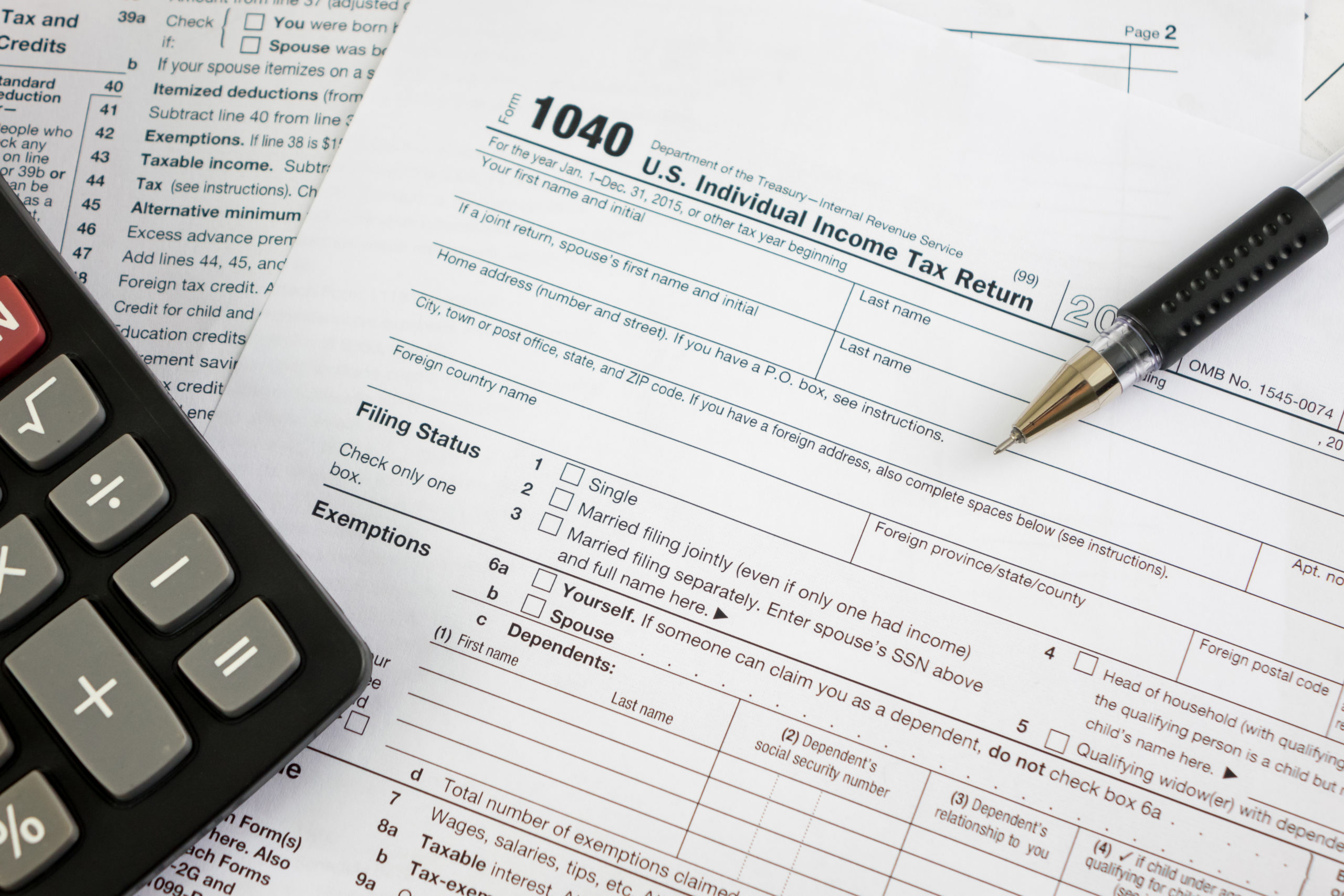Earlier this month, the U.S. Department of Labor’s (DOL) final rule on determining whether a worker is an employee or an independent contractor went into effect. The updated rule rescinds a 2021 version of the rule, and adopts a six factor “economic realities” test for making such a determination. Workers being classified as employees rather than independent contractors subjects them to minimum wage, overtime pay, record keeping, and other standards under the Fair Labor Standards Act (FLSA). According to a 2022 study from McKinsey, more than one-third of employed Americans identified as independents workers.
While disputes surrounding the status of certain workers as independent contractor have persisted for decades, the 2021 rule was the first attempt to formalize criteria that would offer certainty and uniform application of standards under FLSA in determining if a worker was an independent contractor or not. While the new rule attempts to do the same, some stakeholders argue the back-and-forth and lack of clarity surrounding the new rule has contributed to additional uncertainty and confusion instead.
Overview
The new rule identifies six factors to determine whether a worker is an independent contractor or an employee:
- Opportunity for profit or loss depending on managerial skill
- Investments by the worker and the potential employer
- Degree of permanence of the work relationship
- Nature and degree of control
- Extent to which the work performed is an integral part of the potential employer’s business
- Skill and initiative
However, the DOL also says “additional factors” may be relevant in the determination and specifies that none of the six criterion outweighs the other. Instead, the determination is based on the “totality of the circumstances. This potential subjectivity has contributed to uncertainty among businesses and workers.
What They’re Saying
The U.S. Chamber and other business groups have come out in opposition to the rule, saying: “DOL's new rule also threatens the independent contractor model, which allows companies to scale operations up or down, and to retain expertise as needed while providing workers with flexibility and control of their work activities… DOL’s rule would deprive millions of Americans the freedom to choose to work as an independent contractor. Individuals work as independent contractors for all kinds of reasons, including greater work-life balance, the ability to choose when and how to work, and the opportunity to be one’s own boss.”
What’s Next?
While the rule has gone into effect as of March 11, it faces legal and legislative opposition that are still pending. If challenges in courts or in Congress are successful, stakeholders may be successful in pausing further enforcement of the rule and/or having the rule rescinded or revised.
The U.S. Chamber, Coalition for Workforce Innovation, Associated Builders and Contractors, Associated Builders and Contractors of Southeast Texas, American Trucking Associations, Financial Services Institute, National Federation of Independent Business, and National Retail Federation have filed suit in Texas to challenge the DOL’s test for classifying employees and independent contractors under the FLSA.
Additional lawsuits have been filed by impacted stakeholders in Georgia, Louisiana, and Tennessee seeking to stop further implementation of the rule.
Legislatively, there are also efforts underway to halt the rule via Congressional Review Act, which would allow Congress to overrule the regulation if they were to pass a joint resolution of disapproval that was also signed by the President (or if Congress overrides a Presidential veto).
House Joint Resolution 116 was filed on March 6. Besides being referred to the House Committee on Education and Workforce, no additional action has been taken. The Senate companion bill, Senate Joint Resolution 63, was filed and referred to the Senate Committee on Health, Education, Labor, and Pensions, but no additional action has been taken.
In Case You Missed It
National
State and Local
Upcoming Dates
- March 26: Fort Worth City Council, 10 a.m. at City Hall
- April 2: Tarrant County Commissioners Court, 10 a.m. at G.K Maenius Administration Building
- April 9: Leaders in Government: Public Safety, 8 a.m. at PalmWood [More info]
- April 30 – May 2: D.C. Fly-in presented by Lockheed Martin[More info]




